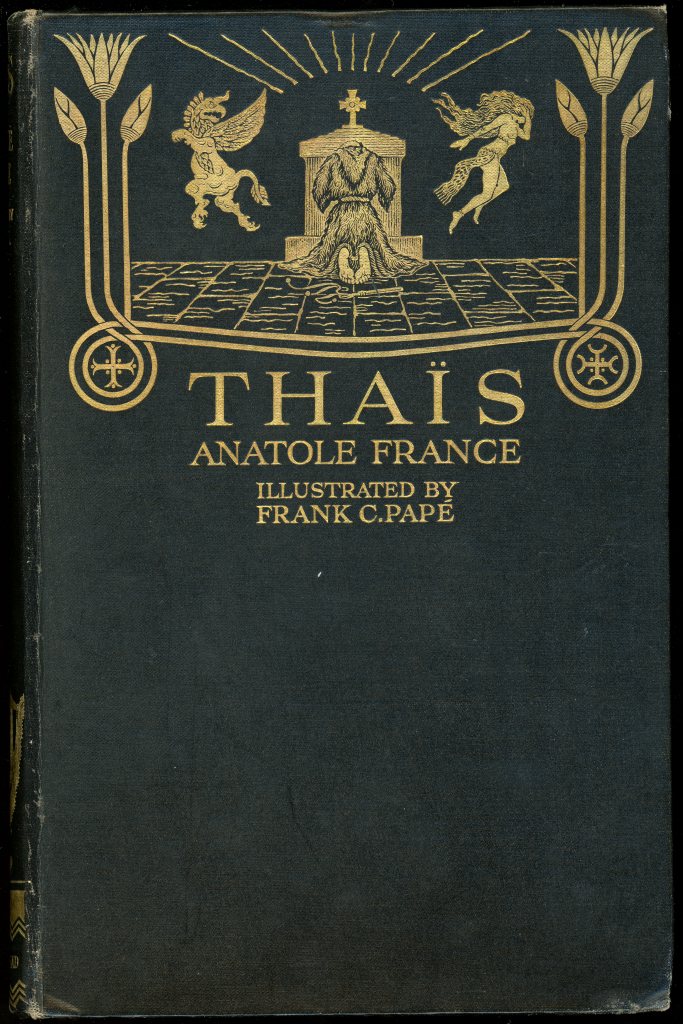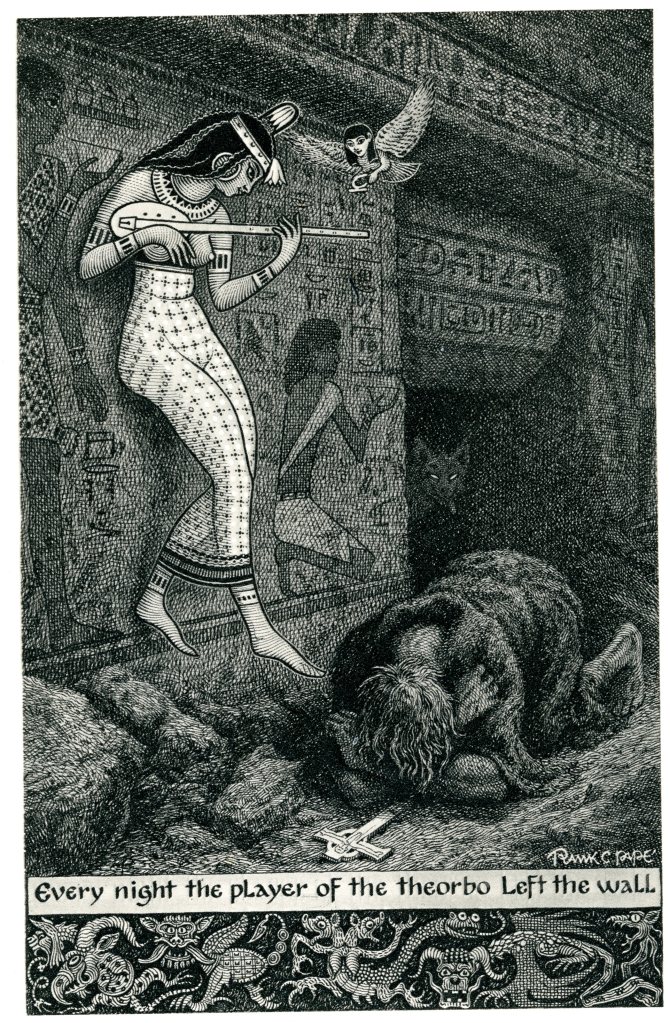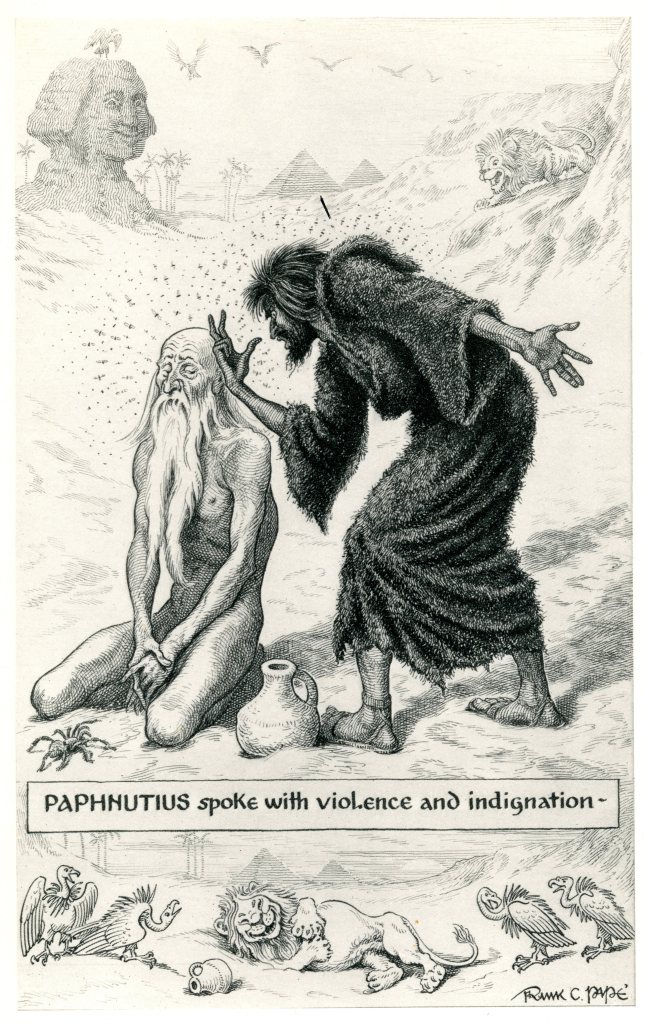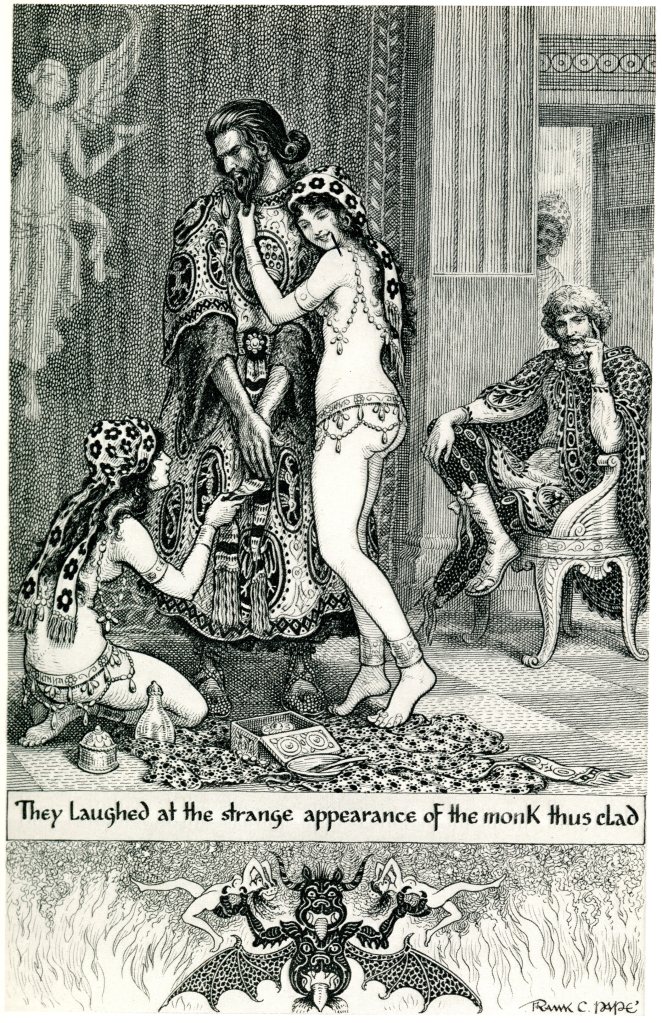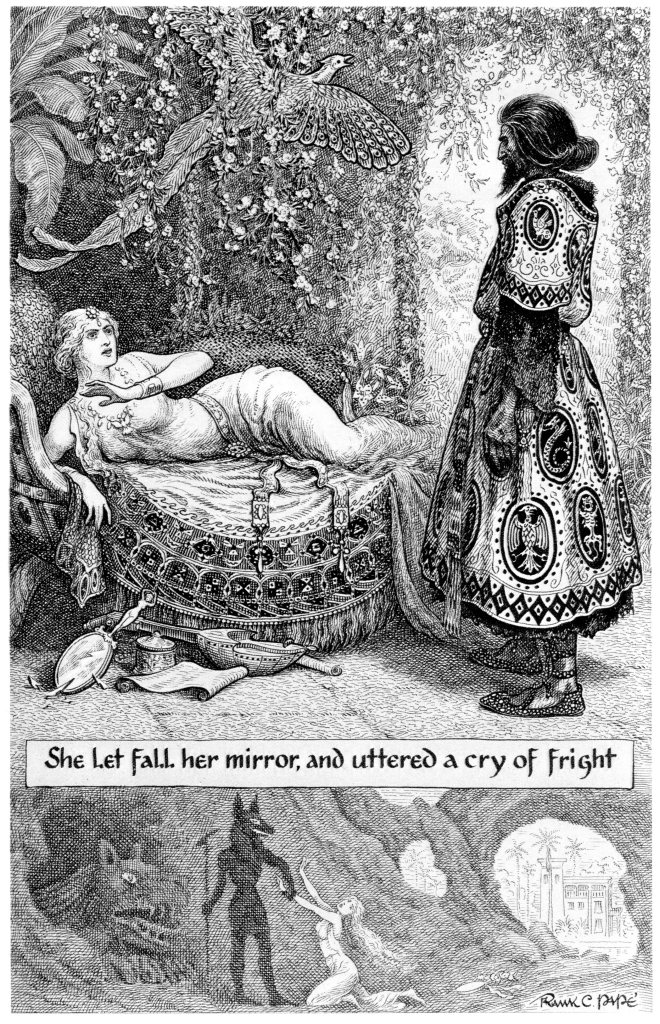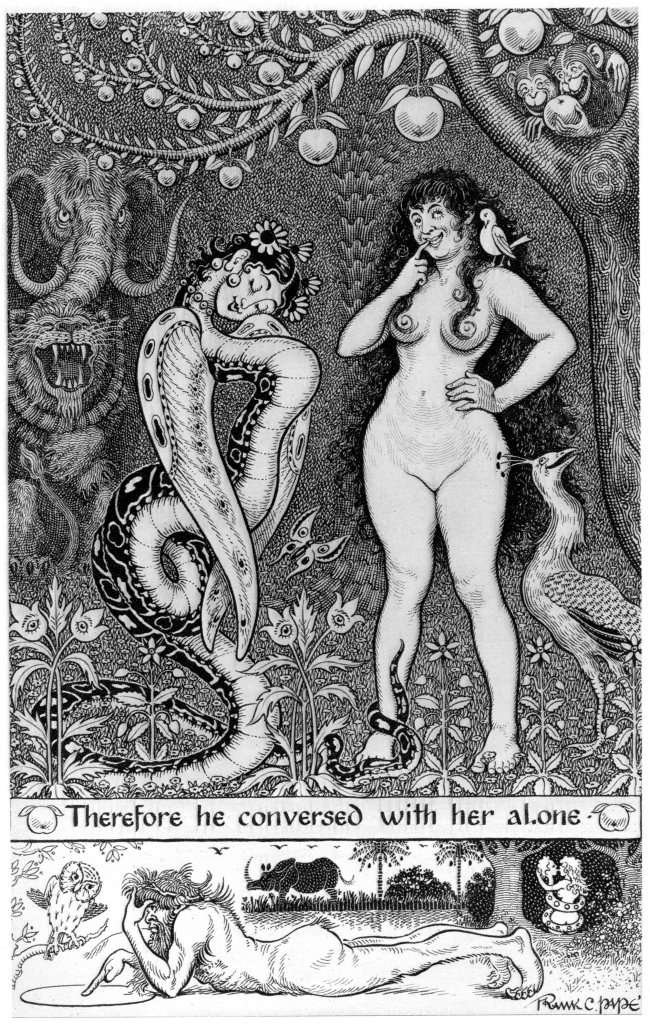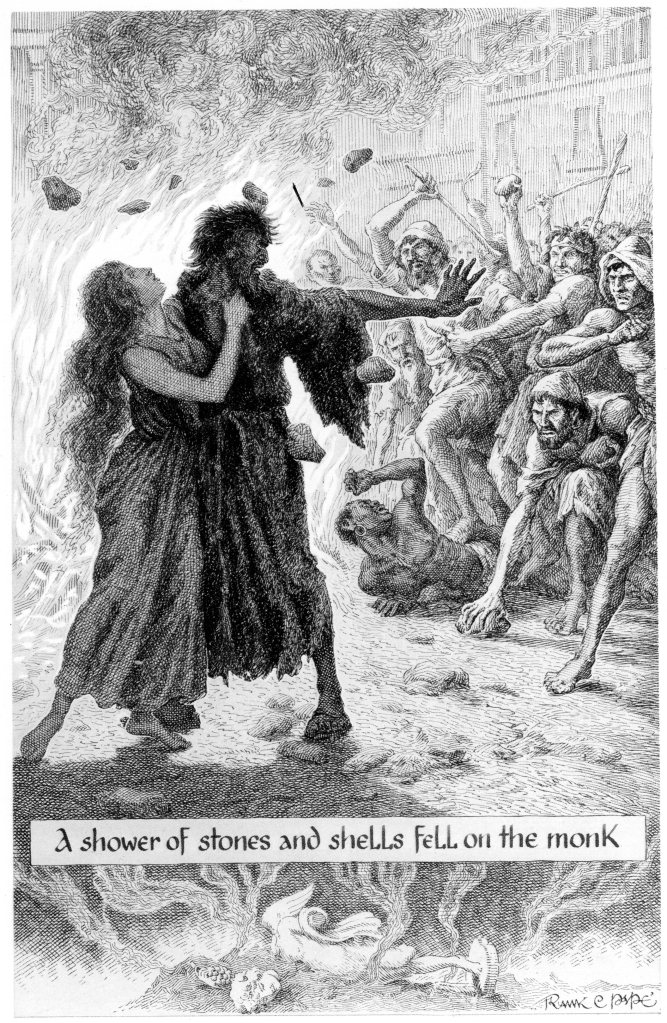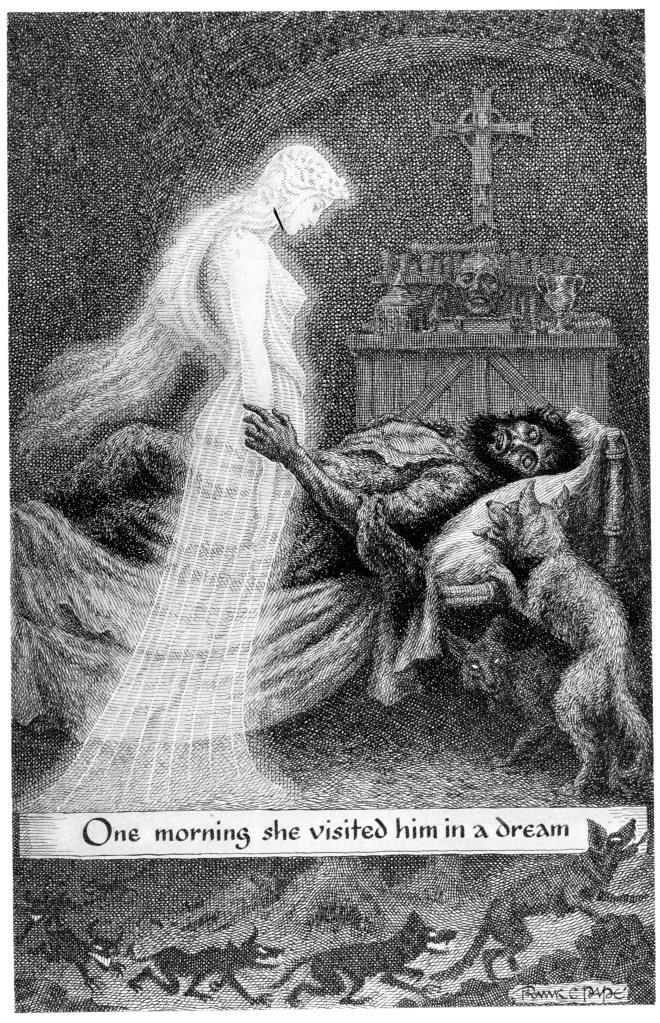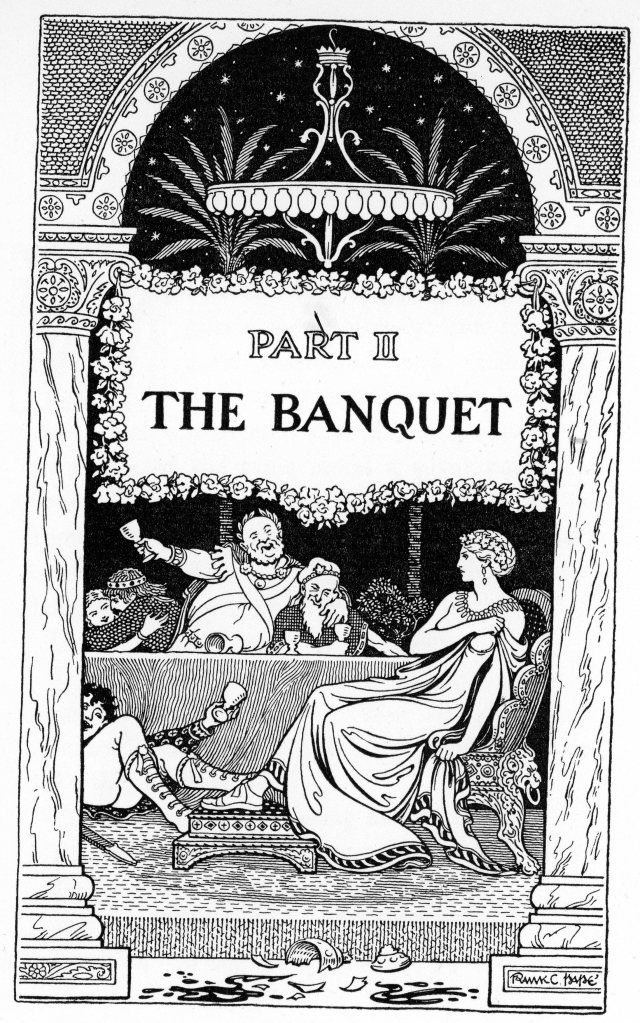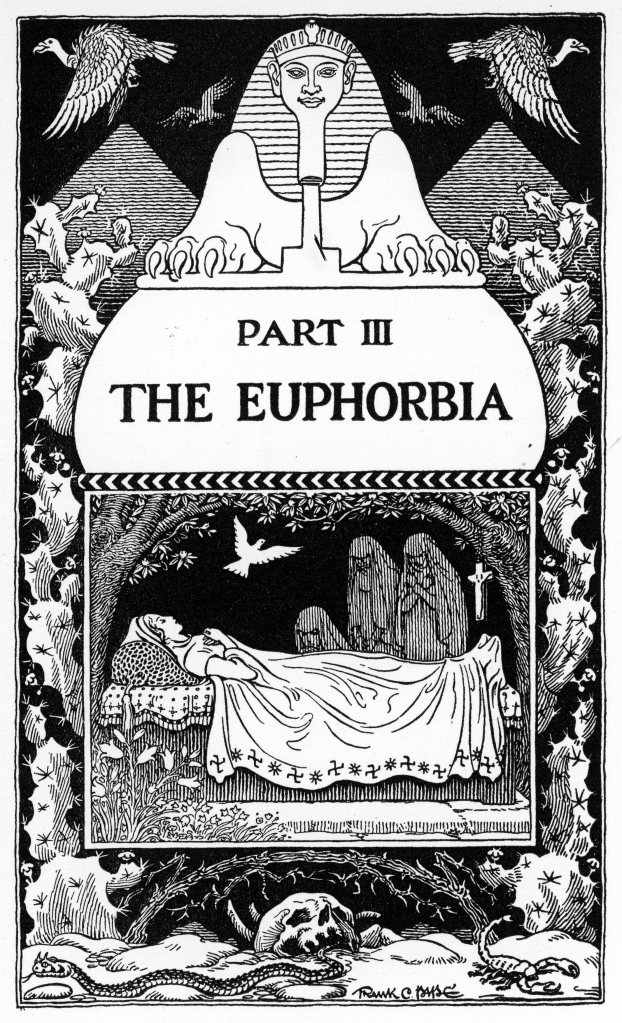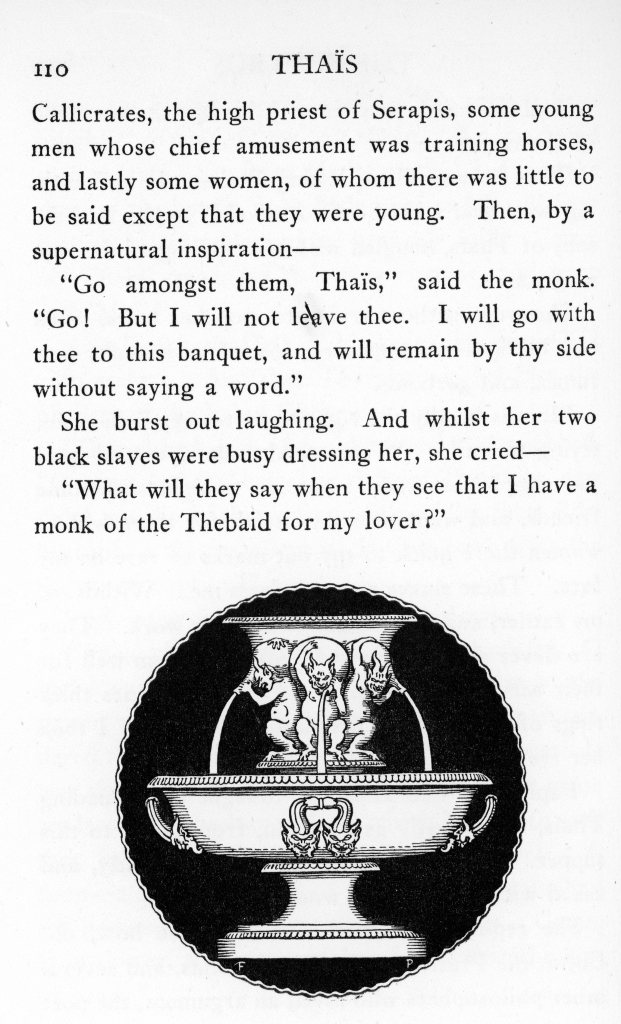Although I wasn’t totally enamoured with Laurence Durrell’s novel Justine, https://derrickjknight.com/2023/05/12/justine/ I was so entranced by his splendidly fluid prose as to turn to the quincunx beginning with

This gave me a better understanding of the notebook quality of the first of the Alexandria quartet.
In one sense Durrell is using his writer characters to take us through the process of working on a novel – this one. We are shown how jotted ideas develop into a final work; and how the characters take their own control of the narrative. I now understand that this is a piece of metafiction: “a form of fiction that emphasises its own narrative structure in a way that continually reminds the audience that they are reading or viewing a fictional work. Metafiction is self-conscious about language, literary form, and story-telling, and works of metafiction directly or indirectly draw attention to their status as artifacts.[1]Metafiction is frequently used as a form of parody or a tool to undermine literary conventions and explore the relationship between literature and reality, life, and art.[2]” (Wikipedia)
Once again the author sets his work in Mediterranean countries – essentially in Avignon. His themes include their history and the very structure and nature of the lands themselves. Conventional boundaries between sexual relationships are eschewed – triangular relationships including those of homosexual and bisexual nature are consistent undercurrents, reflecting the Gnostic triangle of two men and one woman, in the case of the main protagonists also involving incest. His exploration of the mythical sects, and in particular the downfall of the Knights Templar are engaging. Perhaps it is the writer’s fascination with gnosticism that evoked the theme of suicide or arranged time of death.
We never do quite know for certain which characters are real. The final section is both revealing and enigmatic.
The fluid prose remains sublime. Durrell’s apparently easily constructed elegant sentences, none of which displays corpulence, contain copious descriptive adjectives and adverbs, always enhancing his meaning.
My 1974 first edition bears the bookplate of John Retallack.
I had lined up ‘Doctor Zhivago’ for my next read. Pasternak will have to wait for my next Avignon read.

